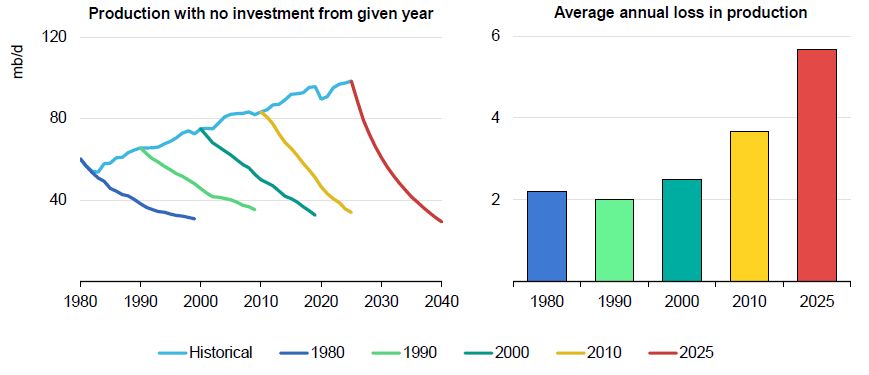Much more on how declines rates vary, investment needs, and implications in the report itself 👇👇👇
www.iea.org/reports/the-...
Much more on how declines rates vary, investment needs, and implications in the report itself 👇👇👇
www.iea.org/reports/the-...








So do have a read! www.iea.org/reports/the-...

So do have a read! www.iea.org/reports/the-...
As well as serving fast-growing electricity demand, geothermal can provide heat for industry and buildings around the world

As well as serving fast-growing electricity demand, geothermal can provide heat for industry and buildings around the world
That would give it the third largest share of global electricity generation growth after solar and wind.

That would give it the third largest share of global electricity generation growth after solar and wind.
And a high level of knowledge transfer & productivity gains could reduce next-generation geothermal costs by nearly three-quarters

And a high level of knowledge transfer & productivity gains could reduce next-generation geothermal costs by nearly three-quarters
But new technologies are enabling projects to go deeper underground, making geothermal a potential option for almost all countries around the world

But new technologies are enabling projects to go deeper underground, making geothermal a potential option for almost all countries around the world

